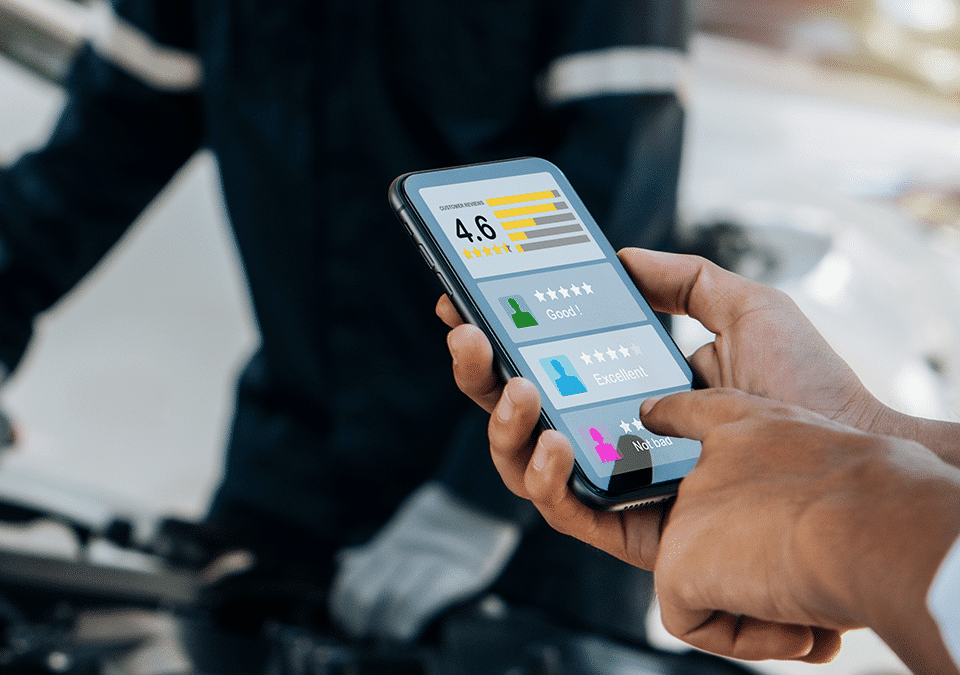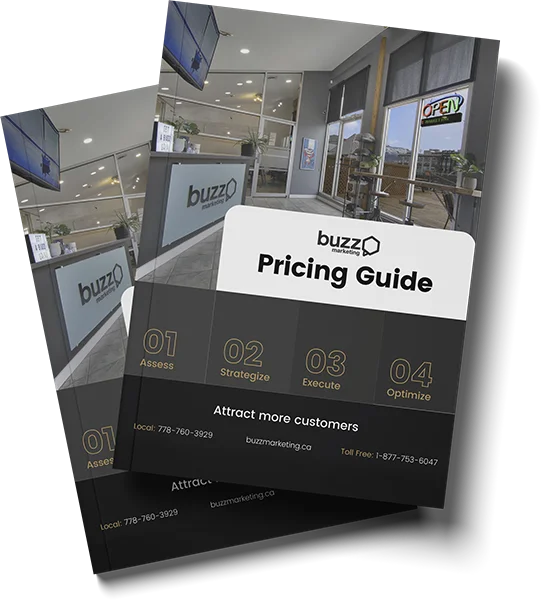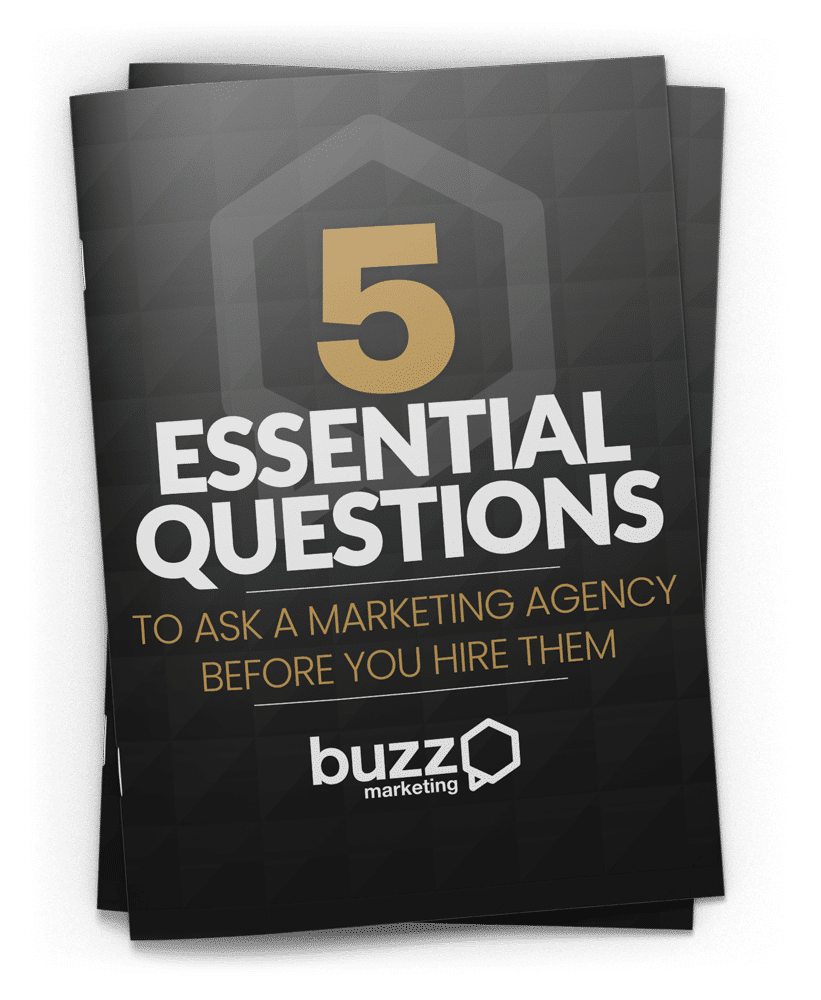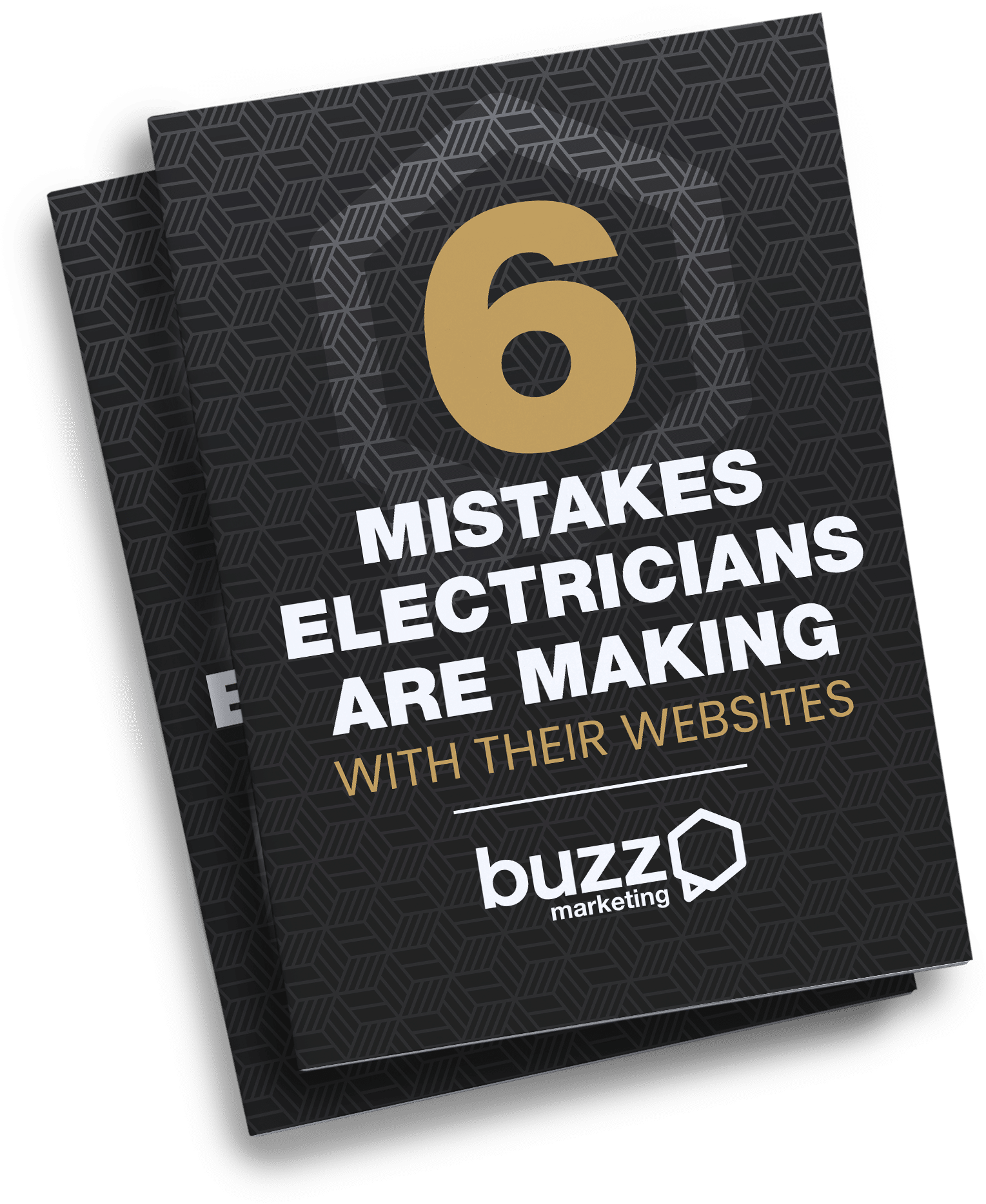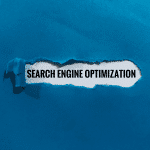
Demystifying SERP: A Search Engine Results Page Breakdown
December 5, 2023
Unveiling the Power of Google Business Profile Optimization
December 30, 2023Mastering the Art of High-Converting Local Business Websites
In the digital era, your website serves as the online face of your local business. It’s the virtual storefront that can make or break a potential customer’s decision to engage with your services. A high-converting website is not just a digital presence – it’s a powerful marketing tool that can drive leads, boost sales, and establish your brand’s authority. In this comprehensive guide, we’ll explore the best practices for building a high-converting local business website.

1. Craft a Clear Value Proposition
Your website’s homepage should instantly convey what your business offers and why it’s the best choice. People only spend about a minute on a website, so it’s crucial to show important information right away. Create a clear and concise value proposition that highlights your unique selling points. Use compelling headlines and concise content to communicate your value proposition effectively.
Key Elements:
- A clear and concise headline
- A brief description of your services or products
- Unique selling points
- Engaging visuals or graphics
2. Optimize for Mobile Responsiveness
Mobile devices dominate online traffic, especially for local searches. Ensure that your website is fully responsive and offers a seamless user experience on smartphones and tablets. Google prioritizes mobile-friendly websites in its search rankings, making this optimization crucial for local SEO. If your website is difficult to use on someone’s device, they will probably leave and find another business to use.
Key Elements:
- Responsive design
- Mobile-friendly navigation
- Fast-loading pages
- Easily clickable buttons and links
3. Implement Intuitive Navigation
A well-structured and intuitive navigation menu simplifies the user journey and encourages exploration. Use clear and logical menu labels to guide visitors to essential pages, such as services, contact information, and reviews. Incorporate a user-friendly search bar for quick access to specific content.
Key Elements:
- Clear and concise menu labels
- User-friendly search functionality
- A consistent navigation structure across all pages
- User design that is easy to navigate
4. Showcase Social Proof
Display customer reviews and testimonials prominently on your website to build trust with new clients. Include logos or badges of any relevant partnerships, certifications, or awards. Social proof instills confidence in potential customers and validates your credibility. Create a Google Business Profile to showcase your reviews when you appear in Google searches.
Key Elements:
- Customer reviews and ratings
- Reviews with photos and names
- Trust badges and certifications
- Links to third-party review platforms (e.g., Google Business Profile)
5. Optimize for Local SEO
Local search engine optimization is the key to ensuring your website appears in local search results. Optimize your website for local keywords, including location-specific terms, to improve your chances of ranking higher on search engine results pages. Using a marketing agency helps optimize SEO by implementing the complex elements involved in this strategy. These approaches include changing the website structure, copy and back-end elements to help you rank for particular keywords.
Key Elements:
- Location-specific keywords in content
- Accurate and consistent NAP (Name, Address, Phone Number) data
- Schema markup for local businesses
- Local backlinks and citations
6. Create Compelling Content
High-quality content establishes your authority and engages visitors. Offer valuable information that addresses the needs and concerns of your target audience. Incorporate blog posts, articles, videos, and other forms of content that demonstrate your expertise in your industry. Creating social media content that is quick and impactful will help capture a younger audience, while FAQs and case studies help establish credibility with older audiences.
Key Elements:
- Informative blog posts and articles
- Engaging videos and multimedia content
- FAQs that address common customer questions
- Regularly updated content to keep the site fresh
7. Implement Strong Calls to Action (CTAs)
CTAs guide visitors toward taking desired actions, such as making a purchase, requesting a quote, or contacting your business. Place clear and compelling CTAs strategically throughout your website. Use action-oriented language that encourages visitors to act immediately. Your call to action will vary based on what you would like your audience to do. For example, having a contact form beside a CTA” of “Get in Touch” will show users that you would like them to fill out the form. If you have an online store, the call to action could be “Purchase Now” or “Check your cart before stock runs out”.
Key Elements:
- Eye-catching buttons and links
- Action-oriented CTA text
- Placement of CTAs above the fold and at the end of relevant content
- A sense of urgency, when appropriate
8. Prioritize Page Speed
A slow website can deter visitors and harm your search engine rankings. Optimize your website’s loading speed by compressing images, using efficient coding practices, and leveraging content delivery networks (CDNs). Page speed is a crucial factor for both user experience and SEO. A professional website will always load quickly, and this builds an immediate trust with your audience.
Key Elements:
- Image optimization
- Minimized use of large media files
- Efficient coding and server-side optimizations
- Content delivery network (CDN) integration
9. Secure the Website
Website security is essential to protect both your business and your customers. Implement an SSL certificate to encrypt data transmission, thereby enhancing trust. Regularly update your website’s plugins, themes, and software to patch security vulnerabilities.
Key Elements:
- SSL certificate for HTTPS
- Strong passwords and two-factor authentication
- Regular security audits and updates
- Backup systems to safeguard data
10. Track and Analyze Performance
To continually improve your website’s conversion rate, it’s essential to track and analyze its performance. Use web analytics tools like Google Analytics to gather insights into visitor behaviour, traffic sources, and conversion rates across your different web pages. Use these insights to make data-driven decisions and refine your website.
Key Elements:
- Integration of web analytics tools
- Setting up conversion goals and tracking events
- Regular review of analytics data and adjustments based on findings
- A/B testing for optimizing CTAs and content
Conclusion
A high-converting local business website is a strategic asset that can propel your business to success. By implementing these best practices, you’ll create a user-friendly, trustworthy, and optimized website that not only attracts visitors but also converts them into loyal customers.
Remember that website optimization is an ongoing process, and regularly updating and refining your site will help you stay ahead in the competitive local business landscape. Invest in your website’s success, and watch your business thrive.
At Buzz we have a team of experienced web designers and developers who specialize in small business website design. We work with you to understand your business, audience, and design preferences to create a high-converting website that sets you apart from your competition. Find out more about our design process. Visit our website To Find out more about our design process here and let us help build you a website you love.























